Continuing on from the previous post, where we looked at Wayne Meeks' analysis of conversion in antique religions and philosophies, here we turn to how he portrays the "Christian difference" in terms of conversion.
"Christian Conversion as Social Act"
Looking at Paul's letters to the Thessalonians, Meeks (The Origins of Christian Morality) says that for Christians, conversion—understood as "turning from idols" to the "living and genuine God"—"was simultaneously a transfer of loyalty and sense of belonging from one set of social relations to another, quite different set. The social relocation and the theological transformation are mutually dependent...." (31). The social and theological turns are represented in at least three ways:
- The converts will feel "pressure" (thlipsis) from their current neighbors, which Paul re-narrates as their "replication" (mimesis) of the story of Christ.
- Paul stresses the strong ties the converts will now have with himself and the community. "Virtues are redefined relative to the community."
- Paul draws the line between insiders and outsiders in terms of morality. "The converts' behavior must be 'worthy of the God who calls you'" (31).
Ritualizing and Remembering Conversion
Conversion is ritualized primarily in baptism. The elaborate procedures in place at least by Hippolytus' time suggest the "multiple ways they symbolically protect the purity of the community that the catechumens were joining and by the definition of that purity in a mixture of theological and moral terms" (32).
The rites of conversion and catechesis leading up to them put a greater stress on the boundary marker between church and world. Candidates are screened and tested before conversion. Those with morally disreputable jobs are excluded or required to change jobs. And the repeated exorcisms "dramatize a picture of the world outside the church as a realm under the devil's power" (33).
What is striking about Christian initiation is that what they are aiming to keep pure is not the individual but the community (33). And this purity is both moral and theological. The candidates are purified not to assure their own purity before entering the sanctuary—as would be the case in other sacred cults. "Rather, the initiation is understood by Christian writers as the anchor and beginning point for a process of moral re-education that is conducted by and within the community of converts" (33).
Early Christians also told conversion stories, remembering and narrating the transformation from the old life to the new. Together with conversion rituals, these served several functions in the early Christian communities' attempt to "form their adherents into moral communities" (36).
- "to confirm their sense of having acquired a new, primary reference group"
- a moral exhortation to remind individuals of their stories set within the larger story, urging them to live according to what happened to them
- a defense of the practices and values "by connecting them with values familiar in the 'world' from which they had 'turned'"
- a kind of "nihilation" of that former world, "in order to secure the convert's singleminded dependence upon the new community as the sole source for guidance and support" (36)
Individual Reform within Communal Counterculture
Finally, to go back to the categories of the two kinds of conversion we introduced in the last post—individual moral transformation and countercultural communal formation— we see that both kinds exist in Christianity, and often in some kind of dialectical or ongoing tension. They form "two ways of thinking about the formation of a Christian character and two ways in which the Christian communities related to the world around them. These opposing ways sometimes embody themselves in mutually hostile movements within the church, sometimes appear in a a dialectic of both thought and institutionalization, sometimes are submerged for a time only to break out in new problems and innovations."
These appear throughout Christian history as a tension between "perfectionism" and "universalism," "abhorrence of the world's perversions and longing for the world's wholeness," the "mind of the sect" and the "mind of the church" (36).
Implications for Catechesis
Meeks' analysis of the kind of conversion unique to Christianity helps us put our finger on why catechesis emerged in the first place. Since conversion entailed both a dramatic resocialization into a new community and individual reform within this newly acquired community, Christians needed to catechize towards both of these ends. So they needed to inculcate new doctrines and morals, but then also needed to teach the new Christians how to live according to the mores of this new alternative society.

